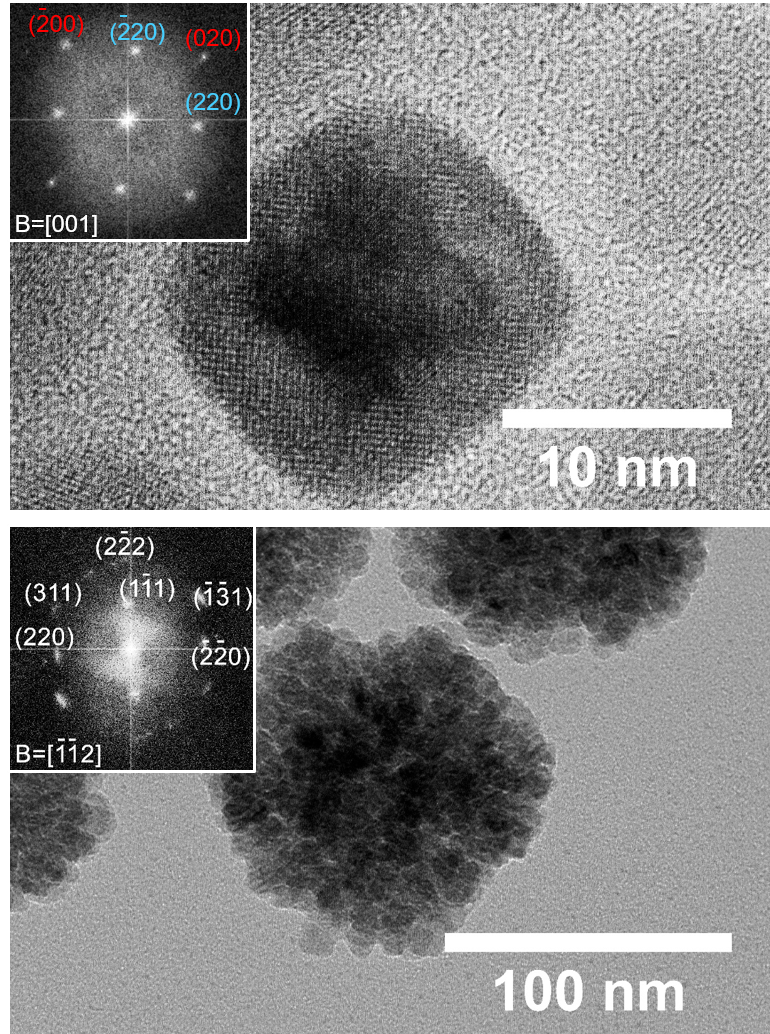Thermal evaporation
Growth & Synthesis (Physical depositions of thin films)
Thermal evaporation is a simple method of physical vapor deposition. It is a high-vacuum technology for depositing thin films of materials on the surface of various substrates. The thickness of the films is usually in the order of a few Å to several hundred nm. The technique involves heating a solid source material until a certain vapor pressure is produced. The evaporated material then reaches the substrate and sticks to it, creating the required coating. The material is evaporated by Joule (resistive) heating, by passing a high current through a thin resistive boat, crucible, coil or filament usually made of W, Ta or Mo, depending on the material to be evaporated. Usually two or more materials can be evaporated in the same pump down, without breaking the vacuum. A wide variety of materials can be deposited, both metals and nonmetals, such as Al, Ag, Ni, Cr,Au, In, among many other materials, whose vapor pressure can be reasonable at a temperature of 1600 oC or below. Thermal evaporation can usually achieve very high deposition rates (up to 50 Å/s). The thickness of the deposited film can be precisely monitored in-situ using a quartz balance.
Thermal evaporation can be used for blanket depositions, it can be combined with a lithographic technique either in a lift-off or an etching process or, for larger patterns, it can also be performed through a shadow mask. Thermal evaporation is compatible with most substrates and resists. Often the deposition can be combined with a tilted or a rotating substrate (or both). Thermal evaporation is not appropriate for applications where good step coverage is necessary or for high purity films, where other techniques are more appropriate. However it is a quick and simple method for a variety of applications, e.g. for defining metallic alignment markers, metallic etch masks, simple electrical contacts, electroplating seed layers etc.




